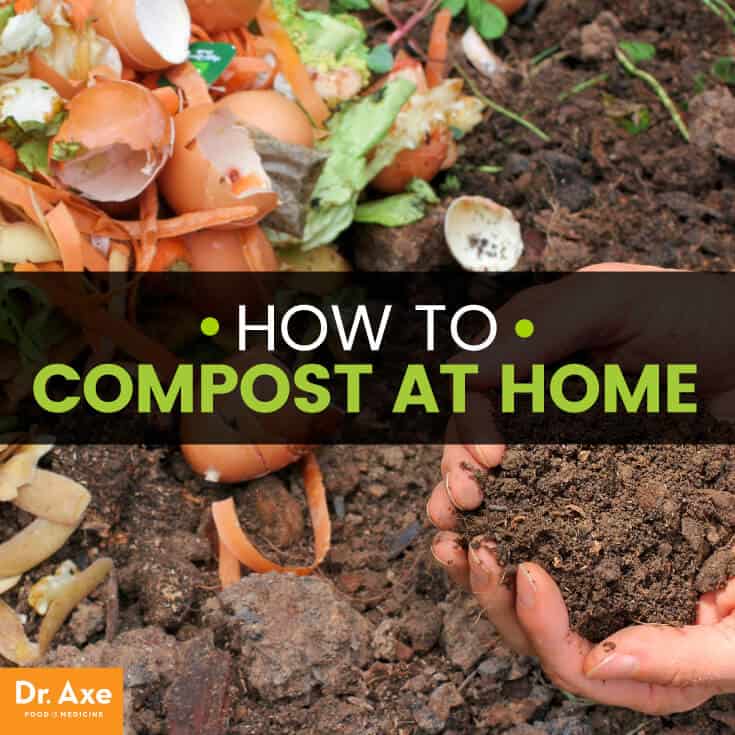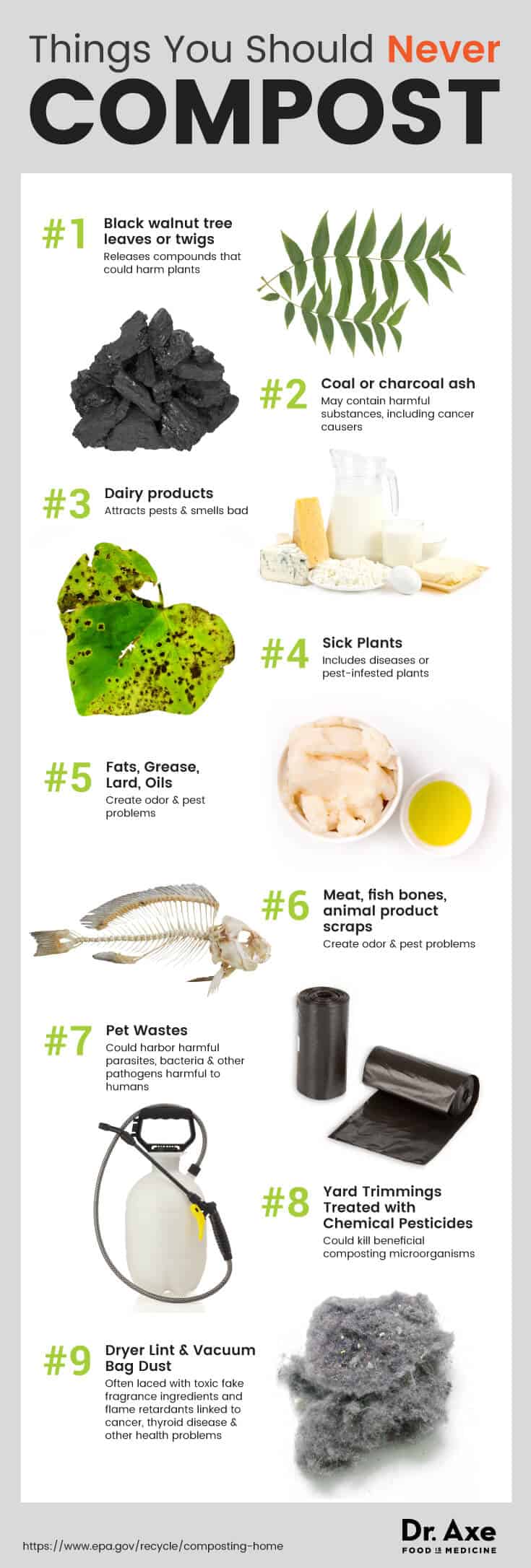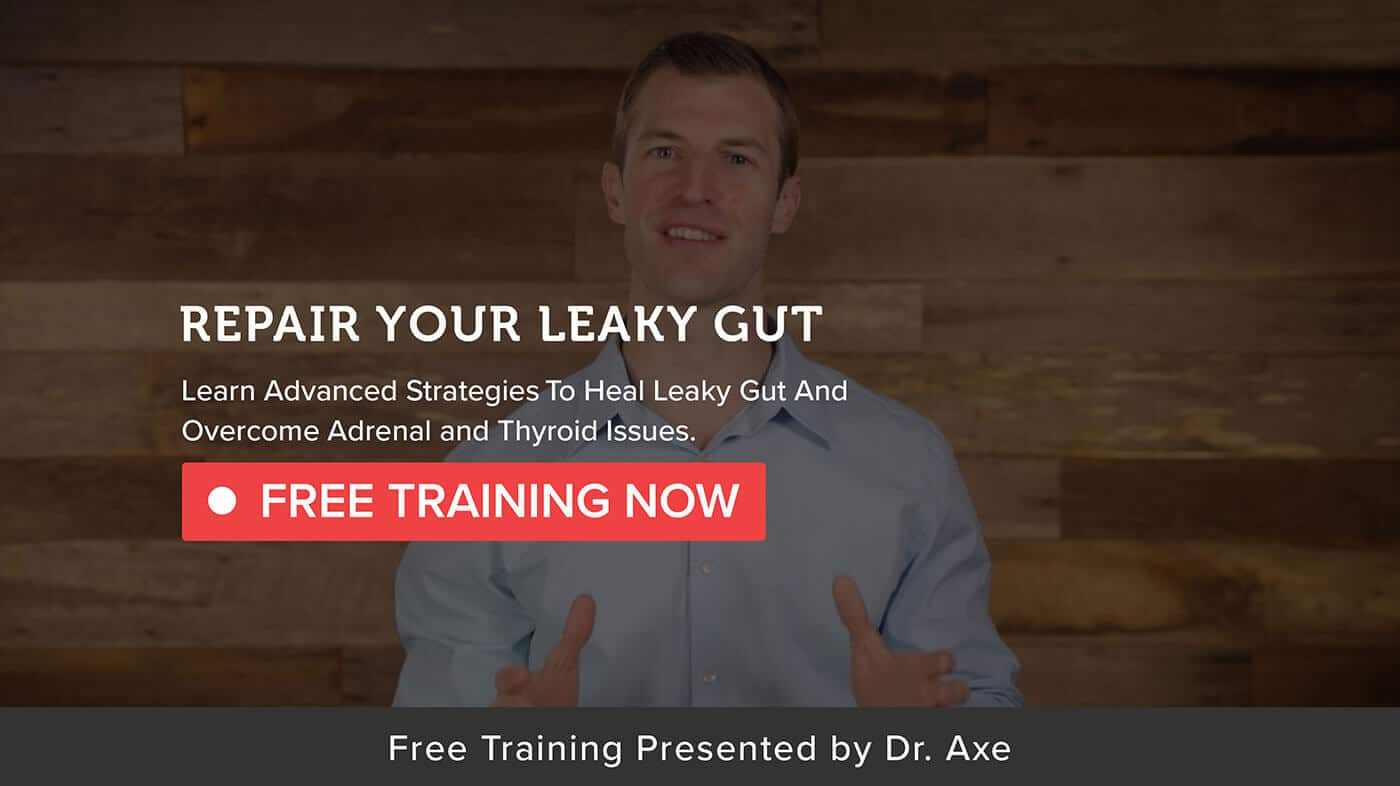
DIY compost may seem intimidating at first, but it’s really not much different than baking a cake when you think about it. You just need specific amounts of certain ingredients and a set of directions. For DIY compost, add browns, greens and a little moisture; follow some simple rules; and you’ve got “black gold” for all of your home landscaping needs. Just like baking, it can be as simple — or complicated — as you’d like. Here, we’re going to cover the basics of simple DIY compost to help keep food waste out of landfills while creating an amazing soil amendment.
Why is this so important? Today, many companies are actually taking biosolids from wastewater treatment plants, bagging them and selling the mixture as “organic” compost. Trouble is, this human sewage sludge in compost contains more than natural fertilizer. Growing food in it could cause shampoo chemicals to wind up in your garden crops. Gross! Heavy metals and pathogens are also of concern. So taking home composting into your own hands is a great way to keep toxic chemicals out of your yard. (1, 2)
DIY Compost: Top Benefits of Composting
What is compost, anyway? Broadly, any organic matter will eventually break down, but composting increases the breakdown speed. But how? As the United States Department of Agriculture points out, effective composting creates the ideal environment for bacteria and other decomposing microorganisms. When done correctly, the finished product looks and feels like “fertile garden soil” and can help the soil thrive. Many describe it as dark, crumbly and earthy smelling. (3)
Decomposing organisms consist of:
- Bacteria
- Fungi
- Worms
- Sow bugs
- Nematodes
- Others
The four key factors for thriving DIY compost include:
- Nitrogen
- Carbon
- Moisture
- Oxygen
In a way, a compost pile reminds me of the human gut, teeming with organisms. Think of compost as “probiotics” for the soil, adding and nourishing microorganisms and nutrients that can create healthier grass, trees, plants and garden crops. In fact, eating dirt, or rather, avoiding over-sanitizing our food, can actually help you sneak some soil-based organisms that benefit humans into your diet, too. But back to home compost…
There are lots of benefits of creating DIY compost. Here are a few: (4, 5)
- Enriches soil, helping retain moisture and suppress plant diseases and pests.
- Help plants retain more moisture during periods of drought, which is becoming more common with climate change.
- Reduces the need for chemical fertilizers.
- Increase soil structure to help prevent erosion.
- Encourages the production of beneficial bacteria and fungi that break down organic matter to create humus, a rich, nutrient-filled material.
- Reduces methane emissions from landfills and lowers your carbon footprint.
- Provides a free garden and lawn amendment.
DIY Composting: Basic Directions on How to Do It
Again, composting can be as simple as baking a cake. I like to keep it basic with backyard composting, keeping animal waste out of the equation. (On farms, truly safe and high-quality compost is monitored regularly to make sure it reaches high enough temperatures to kill pathogens in animal manure.) For the purposes of this article, we’re focusing on non-manure household waste like lawn and food scraps.
The Environmental Protection Agency says these are the most important tips for creating a compost pile or a compost bin:
- Select a dry, shady spot near a water source for your compost pile or bin.
- Add brown and green materials as they’re collected, making sure larger pieces are chopped or shredded.
- Moisten dry materials as they’re added.
- Once your compost pile is established, mix grass clippings and green waste into the pile and bury fruit and vegetable waste under 10 inches of compost material.
- It’s optional, but some people choose to cover the top of compost with a tarp to keep it moist. When the material at the bottom is dark and rich in color, your compost is ready to use. This usually takes anywhere between two months to two years.

Slow or Cold Composting vs. Hot Composting
The USDA points out there is a difference between a “hot” or “cold” compost pile.
Cold Compost Pile or Compost Bin
- Perfect for people who don’t have a lot of time to devote to the compost.
- Requires no maintenance but takes longer to break down. (Up to a year or more.)
- Best for piling grass clippings and dry leaves.
- Must keep weeds out of this mix because it likely won’t heat up enough to kill weed seeds.
- Chopping or shredding yard waste with a mower before adding to the pile can speed up the composting process.
Hot Composting
- Requires more work, but a few minutes a day can create compost in just a few weeks.
- Best when high-carbon and high-nitrogen material are mixed in at a 1-to-1 ratio.
- Minimum compost bin or pile size is 3-feet-by-3-feet-by-3-feet.
- Choose a level, well-drained site, preferably near your garden.
- Choose a compost bin that’s right for you or build a pile direction on the ground.
- Building an effective pile means either alternating layers of high-carbon and high-nitrogen material or mixing the two together and then adding to the pile.
- If alternating layers, make each layer 2 to 4 inches thick, the USDA stresses.
- Water periodically but don’t saturate.
- Punch holes in the sides of the pile for aeration.
- Start turning when the pile’s internal temperature peaks at about 130 to 140 degrees Fahrenheit. (Compost thermometers are available.)
- Move materials from the center to the outside and vice versa.
Daily or three-times-a-week turning should be enough to create compost in less than a month. Turning every other week means it’ll usually take about one to three months for finished compost. Remember, compost is “done” when it smells sweet and is cool and crumbly to the touch. (6)
DIY Compost: Keep These Things Out of the Pile or Bin
To reduce your risk of introducing dangerous pathogens and harmful chemicals like phthalates into your pile, you’ll want to avoid tossing certain things into your compost pile.

Here are things I keep out of my home compost bin. Don’t compost these things:
- Dryer lint and vacuum dust
- Pet feces
- Diseased plants
- Dairy, meat, bones and other animal products
- Grease and fat
- Coal ash or charcoal
- Trimmings from walnut trees
- Paper (Some people recommend it, but it could contain toxic printer ink chemicals, so I avoid it.)
- Any yard trimmings that could be contaminated with pesticides
Final Thoughts on DIY Compost
- Composting food scraps can keep easily biodegradable waste out of our landfills while providing an organic garden amendment for your landscape needs.
- Home composting can reduce your need to purchase store-bought compost, which saves you money and protects you from biosolids, or human sewage sludge, often bagged and sold as “organic compost.”
- You can build or buy a compost bin, spinner or just simply use a compost pile.
- DIY compost at home generally takes about six months to two years to do its thing.
- Compost is as simple as creating a compost pile or a compost bin and filling it with green waste like grass clippings and food scraps, brown, carbon waste like dead leaves and branches, and a little water.
- There are certain things you should not compost. Some of these include animal products, coal ash or charcoal, dryer lint, fats and grease, and any yard trimmings treated with chemicals.
Read Next: Dirty Dozen List: Are You Eating the Most Contaminated Produce on the Planet?
From the sound of it, you might think leaky gut only affects the digestive system, but in reality it can affect more. Because Leaky Gut is so common, and such an enigma, I’m offering a free webinar on all things leaky gut. Click here to learn more about the webinar.
